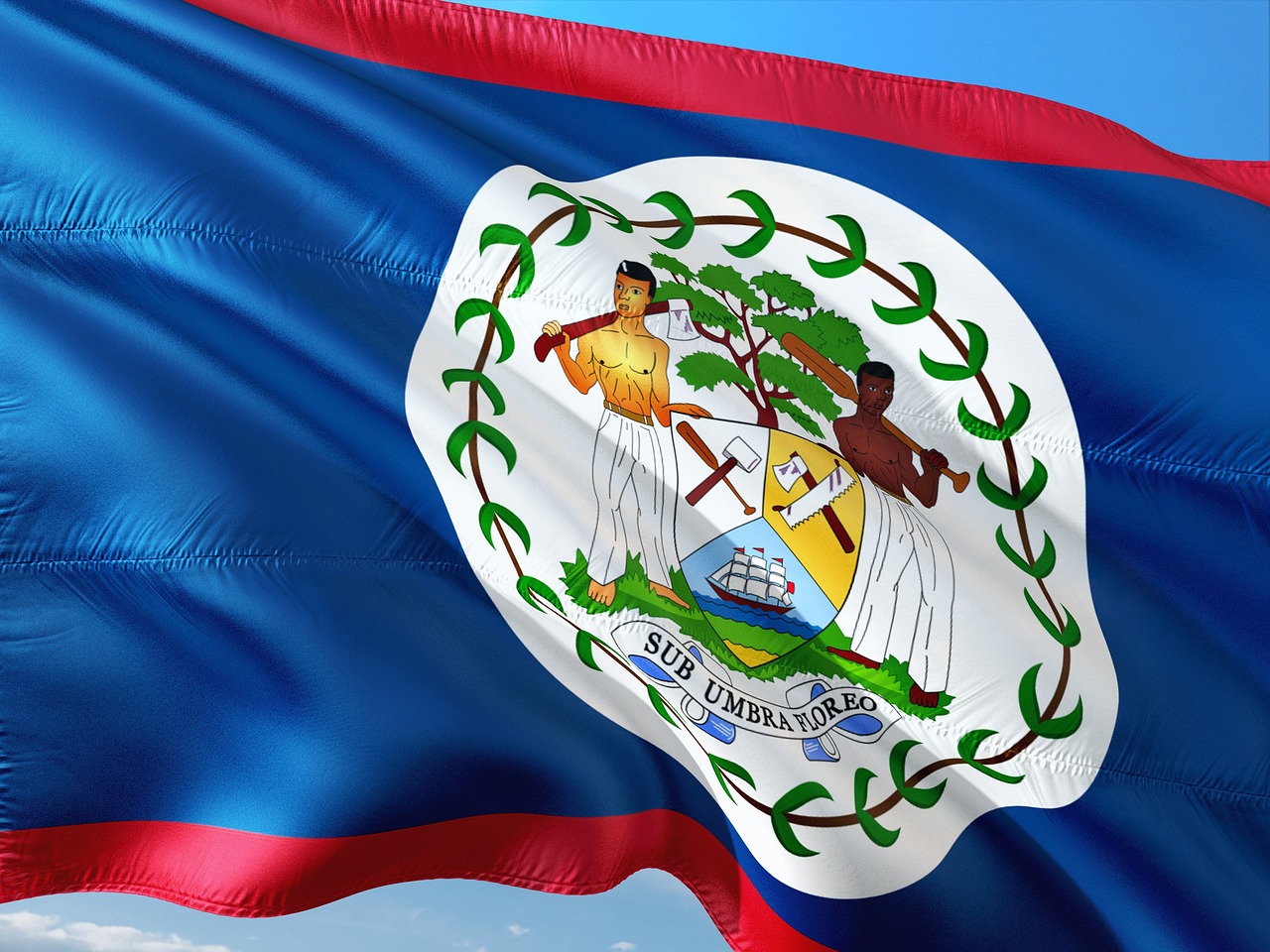HIV/AIDS in Belize
 According to the National AIDS Commission, as of 2015, Belize’s rate of new HIV infections is 6.7%. Approximately 1.8% of Belize’s population contracted HIV. Belize is one of the worst-affected countries in the Central American region.
According to the National AIDS Commission, as of 2015, Belize’s rate of new HIV infections is 6.7%. Approximately 1.8% of Belize’s population contracted HIV. Belize is one of the worst-affected countries in the Central American region.
The First Case and How It Spreads
In 1986, health care professionals diagnosed the first case of HIV/AIDS in Belize and subsequently, HIV made its way into the wider community. The transmission of the virus is accelerated by poverty, inadequate use of condoms and cultural beliefs that encourage men to engage in numerous sexual relationships. According to the Prime Minister of Belize, young people from impoverished and migrant families are at the highest vulnerability of contracting and spreading HIV/AIDS in Belize. The Joint United Nations Programs on HIV/AIDS claims 2,400 adults (prevalence of 2.01%) were living with HIV/AIDS in 1999.
Challenges
According to the Government of Belize, the country faces multiple challenges in implementing HIV/AIDS prevention and care programs. Those challenges are a growing heterosexual epidemic, rising mother-to-child (MTCT) transmission rates, gender inequity making it difficult for women to negotiate the use of condoms and misconceptions/stigma about how HIV/AIDS spreads.
USAID Involvement
The U.S. Agency for International Development (USAID) supports HIV/AIDS in Belize even though it does not have a presence in Belize. The country of Belize is part of the USAID’s Central American Regional HIV/AIDS Program. During the 2001 fiscal year, the United Nations Development Program (UNDP) allocated USD 3.7 million. The program enhances the capabilities of Central American organizations to provide HIV/AIDS prevention and care services to target audiences. It implements a condom social marketing strategy among high-risk groups for HIV infection.
NAC Belize National Response
The National AIDS Commission of Belize’s goal is to provide updated information on HIV in the response to HIV. They want to reach the national goal of ending the epidemic by 2030. National statistics indicate that Belize’s HIV Strategic Plan addresses these developments in the response by calling for more research, increased targeted and behavior change, communication education and coordination of programs and services as initiatives towards reducing the spread and impact of HIV and AIDS through sustainable systems of greater access to HIV prevention, treatment, care and support.
Prevention Measures
Combination Prevention is a program approach that is supposed to reduce the transmission of HIV by applying a combination of behavioral, biological and structural interventions. Combination approaches help ensure people can access the interventions that suit their needs at different times. There is also evidence that people on effective anti-HIV treatment who are properly keeping with treatment are less likely to spread HIV to others. ART (antiretroviral therapy) at the individual level reduces viral load and infectiousness, making it a prevention method.
Mass Communication Helps
Acknowledging the importance of mass communication for prevention, the Ministry of Health (MOH) implements several public education initiatives throughout the year, particularly during World AIDS Week activities, such as the “Get Tested Today Campaign.” Mass media informs and educates the general public about PMTCT. One of the leading civil society organizations using mass media is PASMO. Another is BFLA, which is using mass media to advertise SRH services and condom use. Another is the Belize Red Cross, which uses billboards to spread awareness through the “Faces” campaign. Currently, the Global Fund(GFATM)-Round 9 grant awarded to the Belize Civil Society Movement (BCM) is filling a gap in the mass media campaign by targeting young people with a “Behavior Change Communication” campaign that focuses on delaying sexual activity, reducing partners and promoting safer practices among young people aged 15-24 years.
Donor Support/Other Support
There is also Donor and other support for HIV/AIDS in Belize, such as the support provided by the UNAIDS and the National Institutes of Health (NIH). The NIH funds HIV prevention research in Belize and other developing nations, including studies to evaluate interventions to prevent mother-to-child transmission (MTCT). During the 1998-99 fiscal year, UNAIDS provided $450 million for national programs in the Central American region and is starting to fund regional work, including the USAID-supported mobile populations initiative and HIV/AIDS meetings and conferences.
Conclusion
HIV/AIDS in Belize remains a critical public health concern, demanding continued attention, resources and strategies to lessen its impact. Stigma, access to health care and funding constraints persist despite significant progress in prevention, treatment and awareness efforts.
– AuiCha Conley
Photo: Pixabay
